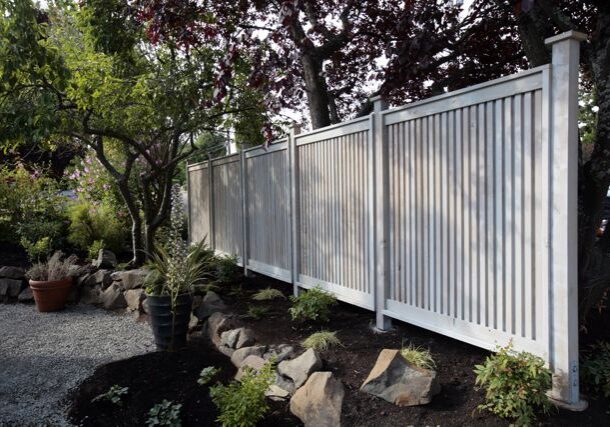Your source for Seattle landscaping ideas, outdoor living tips, & project highlights.
Seattle Landscaping Blog
Find practical tips and ideas for improving your outdoor space with thoughtful, well-built landscape features. We share updates and insights on the landscaping work we do around Seattle—from installing custom paver patios and irrigation systems to building cedar fences and retaining walls.
All
- All
- Garden Calendar
- Hardscaping
- Irrigation Services
- Landscape Design
- Landscape Maintenance
- Lawn Care
- Rain Gardens
- Vegetable Gardening
- Water Features








